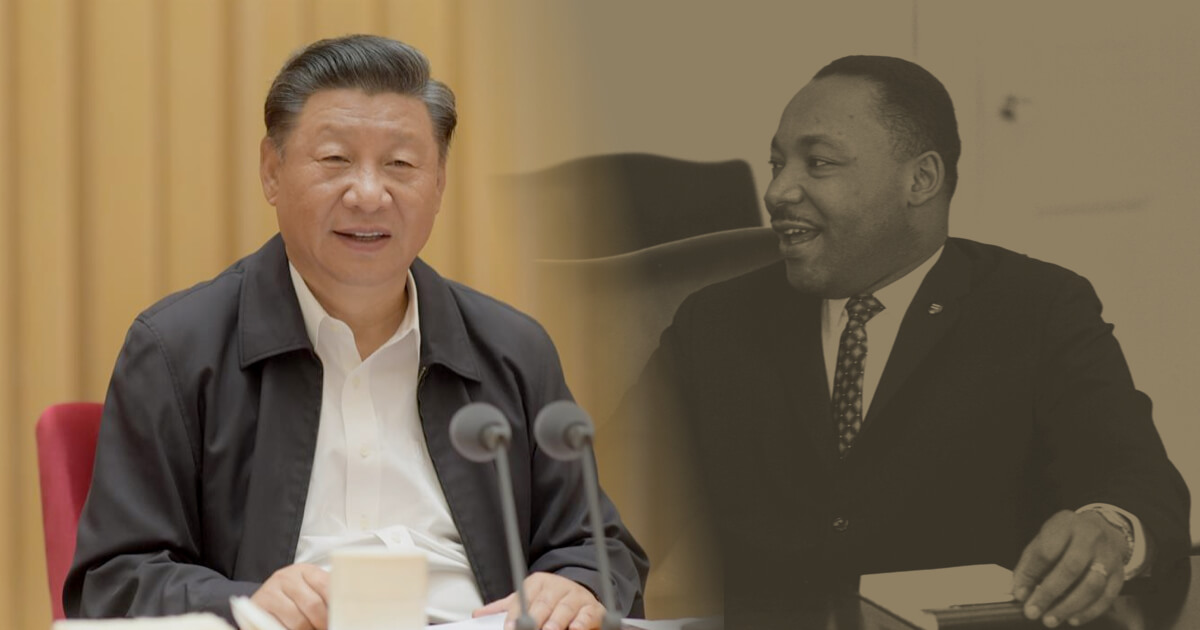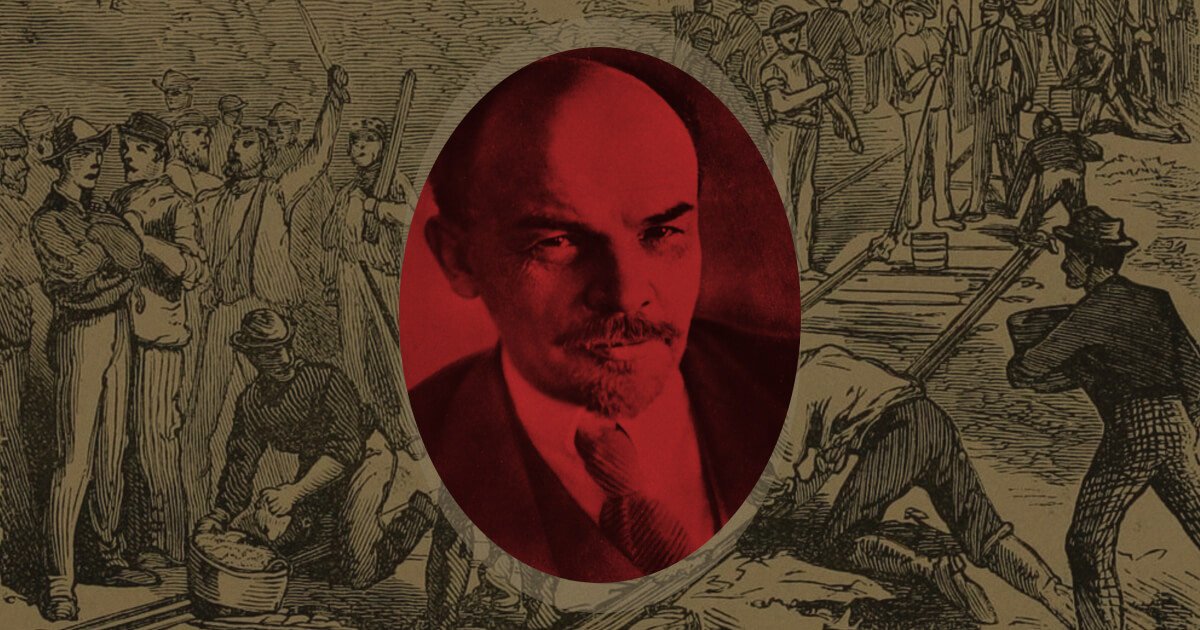In Marx’s ambitious work Capital: Critique of Political Economy he has a daunting goal: to describe the functioning of capitalism that corrects the blindness of the preceding political economists that he had encountered. He seeks to denaturalize capitalism and to demonstrate the exploitative nature of its very foundations. This chapter epitomizes the method used throughout the text, which Marx builds on the back of the concept of the commodity form. Using the most quotidian concepts, like commodity and then the money equivalent, Marx makes the seemingly familiar feel mysterious through his “microscopic” gaze. 1 Furthermore, through this scientific methodology, Marx reveals the strange homogenizing urge of capitalism, where everything is made equivalent through the money form. For example, where labor, previous to capitalism, was understood by its particular characteristics —what type of labor? What product? — under capitalism it becomes understood as an average “congealed” form of labor, with no particularities. Tracking capitalism’s impulse to make uniform provides a trail that Marx tracks, from the commodity form all the way to the “fetishism of commodity”.
Capitalism, like the systems that came before it, lays claim to its own naturalness as proof of its necessity and inevitability. Seeking to problematize that viewpoint, Marx seeks to make the seemingly natural and unexamined aspects of capitalism alien. This reexamination, from a distance, of the foundational concepts of capitalism begins with the very smallest constitutive element: the commodity form. Marx acknowledges that, “the analysis of these forms seems to turn upon minutiae. It does in fact deal with minutiae, but they are of the same order as those dealt with in microscopic anatomy”. 2 Though it “seems” to be minute, the commodity form is the heart of Marx’s labor theory of value, which posits that value is generated, not in the sphere of exchange, but in the sphere of production, when labor is performed.
Marx adopts a scientific mode of inquiry, rather than an outrightly polemical or didactic mode. This choice manifests in many ways, from the metaphors he uses to more methodological questions of organization. He sketches out his view of capitalism as a living organism in his preface to the first German edition of Capital, saying that political economists had studied capitalism as one might an animal. “The value-form, whose fully developed shape is the money-form, is very elementary and simple. Nevertheless, the human mind has for more than 2,000 years sought in vain to get to the bottom of it all, whilst on the other hand, to the successful analysis of much more composite and complex forms, there has been at least an approximation.” 3 In contrast, Marx seeks to describe the cellular level of capitalism. More importantly still, he seeks to prove that it is not the commodity that is “the economic cell-form” but rather value derived from labor.
Turning his microscope to the commodity form, Marx argues that the commodity form is only an advent of capitalism. In order to be a commodity, an article must have “use-value” and “exchange-value”. The former essentially means that the object in question has utility that is separate and beyond its ability to be exchanged. While use-value is trans-historical, because objects have had utility since humans began using tools, the latter is contingent upon the advent of capitalism. Exchange-value means that one object can be exchanged for a certain quantity of another; the two object-types being exchanged need not be equivalent in quality and indeed, they rarely are. When viewed only as a bearer of exchange-value, the particular utility of an object is not considered. The exchange of two qualitatively different items is made possible because they share one common property: “that of being products of labor.” 4
This shared fact of being products of labor presumes that this labor is qualitatively the same, even though the true production process might require very different methods —spinning yarn versus carving wood, for example— and thus appear to be quite different. However, in the logic of capital, there is an abstract form of labor, what Marx terms a “congelation of homogeneous human labor.” 5 Essentially, this means that labor is quantified with the “socially necessary” time needed to produce something “under normal conditions” and “with the average degree of skill.” 6 Thus, value is a result of the labor-power expended on average, by an unskilled laborer, to produce the commodity in question. Simply put, commodity is best understood as value embodied. For example, the ingredients of a cake —sugar, flour, milk— lack as much value as the fully baked cake itself. Since the necessary components are purchased either way, the difference must be understood to be in the labor performed by the baker upon the materials which produced the higher value cake, as opposed to the unacted upon (un-labored) ingredients alone.
In order for an object to have value —and so become a commodity— it must possess a use-value and an exchange-value. If it lacks the first, then the object will not be purchased, no matter the hours of labor spent producing it. Lacking the second would mean that no labor had gone into producing it, though it can still have a use-value. Marx’s specific term for such an object is “the spontaneous products of nature” like sunshine or wind, which qualify as something with use-value but that cannot be exchanged precisely because no labor-power has been expended on it. Where use-value relies on the qualitative, meaning it depends on the specificity of the object’s particular utility, exchange-value is the reverse. This means that value is “totally independent of [its] use-value.” 7 This dichotomy between the particularity of transhistorical use-value and the homogeneity of exchange-value plays out again and again in Marx’s account, exposing capital’s desire for exchange of uniform equivalents more generally.
After detailing the components of the general commodity form, Marx proceeds to talk about the specific commodity form of labor-power. Marx distinguishes between the production of goods in previous eras from the production of goods under capitalism, pointing to the division of labor as a key difference. Citing textiles—a common example for Marx— as an instance of change in history, Marx writes “wherever the want of clothing forced them to it, the human race made clothes for thousands of years, without a single man becoming a tailor.” 8 Without a sphere of exchange such division would be highly impractical. Yet, for all the dividing of labor into specializations that capitalism necessitates, there is presumed to be an abstracted idea of the average worker’s ability to perform relatively unskilled labor. This more general concept of labor might seem to undermine Marx’s claim about the division of labor’s importance, but it instead serves to highlight the lack of true “specialization”; any human can perform the kind of tasks that Marx’s labor theory of value rests upon. This sense of labor as homogeneous is not, however, able to be translated across societies. Marx makes it quite clear that abstract labor can only be abstracted for current societal contexts; it cannot be translated across borders or eras. In other words, the abstract labor of a farmer in the 17th century will not be the same abstracted labor for contemporary workers, and so it should not be applied universally.
The “special form” of the commodity of labor-power is distinct because in its consumption, more value is generated. 8 The essential nature of the general commodity is one of consumption. Purchasing something gives access to the use-value of the object, which is used and then used up. In this normal paradigm, the object is depleted of value through use. In contrast to this general commodity form, the commodity of labor-power generates more value as it is used, for the laborer generates new value through their labor. So, the use-value of labor-power is its potential to generate still yet more value. This quality is what supports the labor theory of value.
While abstract labor is simply what the average person can be expected to produce over a duration of time, how might one account for more skilled labor under this theory of value? Marx writes that this should be understood as “simple labor intensified” or “multiplied simple labor”. So, one hour of skilled labor might be equal to three unskilled labor hours. Given that these are made equivalent, Marx argues that all labor in his system should be understood as unskilled, “to save ourselves the trouble of making the reduction.” 9 Once again, the desire for standardization and uniformity of capitalism stands in contrast with the particularities of different labor.
Marx has set out in the section to give an account first of the commodity form, as an essential building block of capital. After he describes this basic structure, he moves to the more particular question of a universal equivalent commodity. The necessity of this universal equivalent commodity, namely a money form, is essential for the functioning of capitalism. In order to describe a universal equivalent, Marx describes first how two commodities can be made to relate to each, so that one commodity expresses itself as the equivalent of another, different commodity. Marx writes, “the relative form and the equivalent form are two intimately connected, mutually dependent and inseparable elements of the expression of value; but, at the same time, are mutually exclusive, antagonistic extremes.” 10 In order to form a relationship between two commodities it is necessary to make one relational to the other, translating its value into another form. This second commodity simply expresses the first, but cannot express beyond that. In other words, there can only be one “unit” or one commodity which expresses itself and the other, relational commodity as well.
The first commodity, which Marx terms “the relative form”, is embodied in the second chosen commodity. To return to the baking metaphor, we’ll assume that three bags of flour is the equivalent value of one cake. Cake is here the equivalent, and flour is the relative. This relational form points to the “special form” of labor as a creator of value. It is the cake and the flour’s state as products of labor that allow for their equivalence. It is a creation of equivalence that, “brings into relief the specific character of value-creating labour, and this it does by actually reducing the different varieties of labour embodied in the different kinds of commodities to their common quality of human labour in the abstract.” 11 One only needs to take this relational comparison a bit farther to arrive at a universal equivalent. In the previous example, cake is fitted to the role of universal equivalent, but a true money-form allows for easier still expression of relations of value-created-by-labor. The money form becomes the only equivalent, achieving “a directly social form” because it allows for relations of meaning to form between commodities and this new equivalent. 12 However, the larger sociality of relation between laborers is further obscured.
The homogenizing impulse that Marx has revealed with his comparisons between use-value and exchange-value, concrete labor and abstract labor, gains full expression with the mysteriously mute fetishism of commodity. All relationship between laborers is disappeared behind the gleam of the universal equivalent; meaning is displaced from its proper understanding of the sociality of labor, onto the abstracted universal equivalent commodity, the money form, which he discusses in the next chapter. It is a commodity, because it is value embodied —and thus, labor embodied— and because it has use-value, in that it allows for easy exchange between products, thus able to “satisfy the manifold wants of the individual producer.” 13 This ease of exchange directly obscures the “peculiar social character of the labor that produces” this fetishism of commodity. 14
Though, as Marx observes, “a commodity appears, at first sight, a very trivial thing, and easily understood”, through tracing the origin of the value derived from commodity to the expenditure of labor-power, Marx reveals the essentially unnatural and mysterious nature of the building block of capitalism: the commodity form. Examined under his “microscopic” view, the familiar is made alien to us, and capital can begin to be “de-naturalized”.
Footnotes
- Marx, Karl. Capital: A Critique of Political Economy, pp. 90. Trans. Ben Fowkes. London, UK: Penguin, 1992. Print.
- Marx, Karl. Capital: A Critique of Political Economy, pp. 90. Trans. Ben Fowkes. London, UK: Penguin, 1992. Print.
- Marx, Karl. Capital: A Critique of Political Economy, pp. 89, 90. Trans. Ben Fowkes. London, UK: Penguin, 1992. Print.
- Marx, Karl, and Friedrich Engels. The Marx-Engels Reader, pp. 305. Ed. Robert C. Tucker. 2nd ed. New York: Norton, 1978. Print.
- Marx, Karl, and Friedrich Engels. The Marx-Engels Reader, pp. 305. Ed. Robert C. Tucker. 2nd ed. New York: Norton, 1978. Print.
- Marx, Karl, and Friedrich Engels. The Marx-Engels Reader, pp. 305. Ed. Robert C. Tucker. 2nd ed. New York: Norton, 1978. Print.
- Marx, Karl, and Friedrich Engels. The Marx-Engels Reader, pp. 305. Ed. Robert C. Tucker. 2nd ed. New York: Norton, 1978. Print.
- Marx, Karl, and Friedrich Engels. The Marx-Engels Reader, pp. 309. Ed. Robert C. Tucker. 2nd ed. New York: Norton, 1978. Print.
- Marx, Karl, and Friedrich Engels. The Marx-Engels Reader, pp. 310. Ed. Robert C. Tucker. 2nd ed. New York: Norton, 1978. Print.
- Marx, Karl, and Friedrich Engels. The Marx-Engels Reader, pp. 311. Ed. Robert C. Tucker. 2nd ed. New York: Norton, 1978. Print.
- Marx, Karl, and Friedrich Engels. The Marx-Engels Reader, pp. 311. Ed. Robert C. Tucker. 2nd ed. New York: Norton, 1978. Print.
- Marx, Karl, and Friedrich Engels. The Marx-Engels Reader, pp. 314. Ed. Robert C. Tucker. 2nd ed. New York: Norton, 1978. Print.
- Marx, Karl. Capital: A Critique of Political Economy, pp. 161. Trans. Ben Fowkes. London, UK: Penguin, 1992. Print.
- Marx, Karl, and Friedrich Engels. The Marx-Engels Reader, pp. 322. Ed. Robert C. Tucker. 2nd ed. New York: Norton, 1978. Print.
- Marx, Karl, and Friedrich Engels. The Marx-Engels Reader, pp. 321. Ed. Robert C. Tucker. 2nd ed. New York: Norton, 1978. Print.
Republished with permission from Midwestern Marx.














